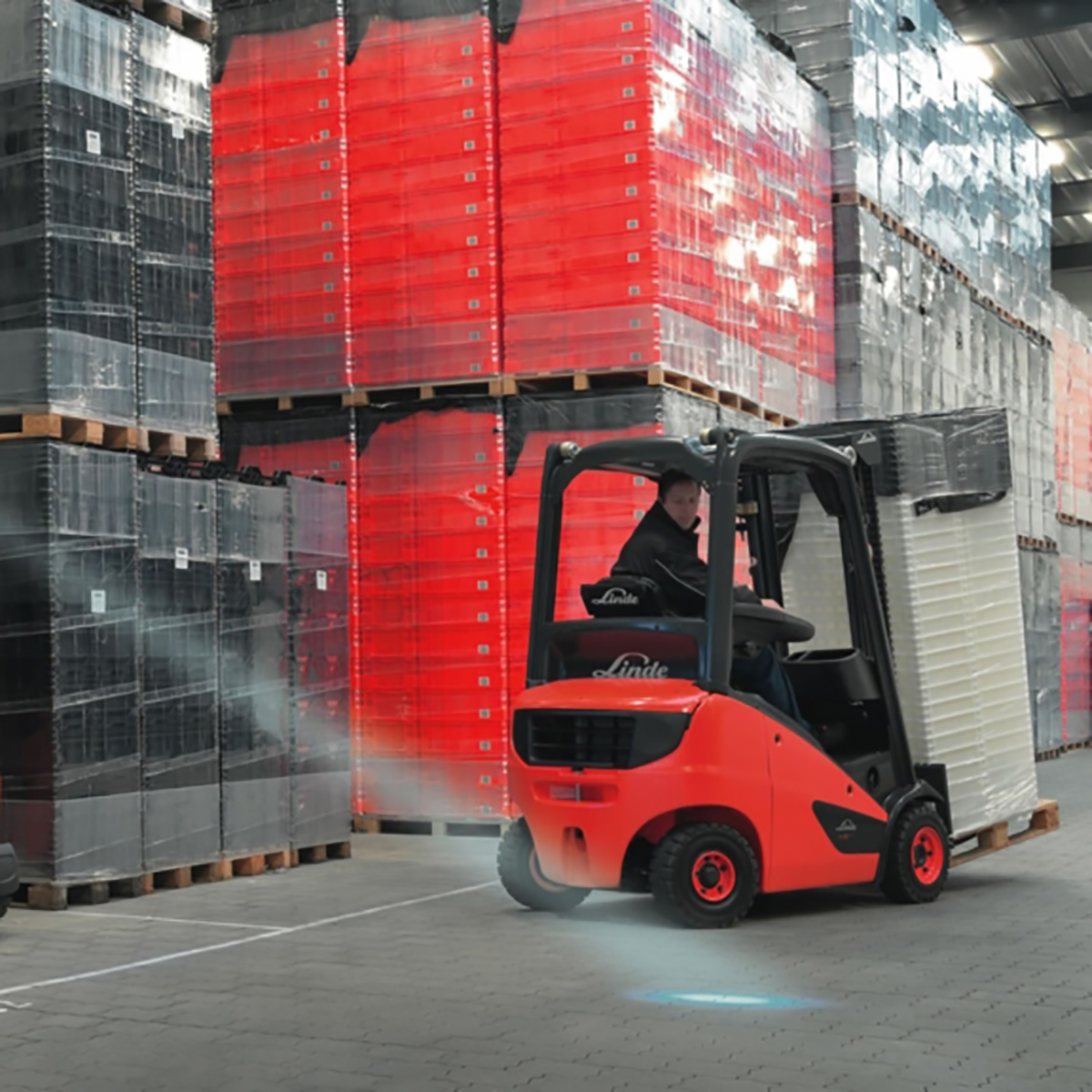
All knowledge and trends about linde forklift from Linde Material Handling
We are official Linde forklifts wholesaler 忽略
Before making your next forklift purchase, consider these key ownership variables to ensure a smart and cost-effective investment.
Above all, it’s crucial to evaluate whether the price of the equipment aligns with its long-term benefits. Analyze the granular costs and benefits of each forklift model under consideration, taking into account factors such as maintenance and operating costs. Compare similar models from different brands to determine which one offers the best value for your specific workflow and inventory requirements.
When assessing fuel costs, consider both daily and long-term expenses associated with operating your forklift fleet. Calculate the per-gallon cost of fuel and multiply it by the number of gallons your tank holds. Then, estimate the number of hours the forklift is likely to be in use. While electric forklifts offer significant cost-saving benefits compared to fuel-powered vehicles, it’s essential to evaluate whether they are suitable for your facility’s needs.
Evaluate ergonomic specifications to ensure that the forklift is suitable for your warehouse environment. Consider factors such as turning radius, maximum lift height, and temperature requirements. Ensuring compatibility between your forklifts and warehouse environment will promote safe and efficient operation, reducing maintenance costs associated with wear and tear and collisions.
Prioritize safety features when selecting a forklift model to protect your employees and minimize the risk of accidents. Evaluate the safety features of each forklift under consideration to determine if they meet the necessary standards for your workplace.
A comfortable operator is a productive operator. Choose forklifts equipped with sufficient comfort and ergonomic features to facilitate continuous operation for extended periods. Investing in forklifts that prioritize operator comfort can lead to increased productivity and employee satisfaction.
Every forklift purchase involves a multitude of considerations, from cost-effectiveness to safety and productivity. By carefully evaluating these ownership variables, you can make informed decisions that maximize the value of your investment. Whether you’re purchasing new forklifts or upgrading your fleet, prioritize factors such as durability, fuel efficiency, suitability for the job, safety features, and operator comfort. Remember, the right forklift can enhance efficiency, reduce costs, and improve workplace safety for years to come.





Charging Station Diesel Forklift Diesel Forklifts Electric-Powered Forklifts Electric Forklift Forklift Forklift 2tons Forklift Batteries Forklift Battery Forklift Chargers Forklift Equipment Forklift Maintenance Forklift Operator Training Forklift Ownership Forklifts Forklift Truck Forklift Trucks Linde Automated trucks Linde Electric-Powered Forklifts Linde Electric Forklifts Linde Forklift Linde Forklifts Linde Forklift Trucks Linde Material Handling Pallet Trucks
All knowledge and trends about linde forklift from Linde Material Handling
Send us your requirements about linde forklifts, get the official wholesale price in 10 minutes!